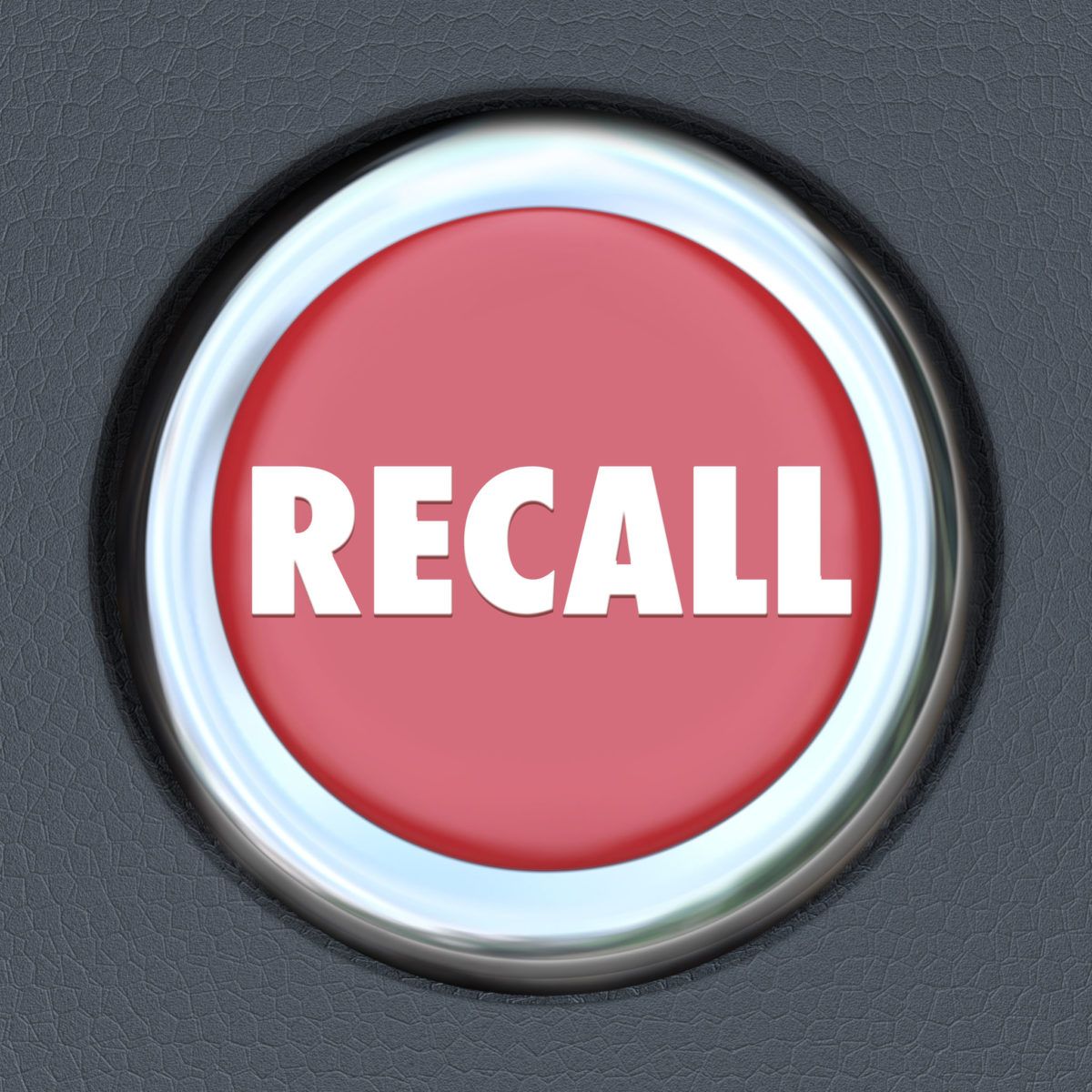Denver-based cannabis grower Joshua Haupt isn’t afraid to share what he knows about cultivation.
He’s known for authoring the controversial marijuana grow guide “Three A Light” in 2015 – which went for $500 a pop. Haupt sold roughly 2,000 copies.
The book’s title refers to the ability to harvest 3 pounds of cannabis per each light in a cultivation facility – a promise that was met with disbelief in some corners of the MJ industry.
“They were like, ‘Hold on, you’re hitting 3 pounds a light? I don’t believe it at all,’” Haupt said.
Despite the skepticism, he continues to share his cultivation expertise and techniques with the industry, and it’s led him to a successful career as a grower.
Today, Haupt is chief revenue officer at the cannabis consultancy Medicine Man Technologies as well as co-owner of two Superfarm cultivation operations in Denver.
He spoke with Marijuana Business Daily about current trends in cultivation, how to cope with falling wholesale prices and exciting business innovations.
What do you think cultivators should be concerned with right now?
Cultivators need to anticipate what happened in Colorado. What happened in Oregon. What happened in Washington state.
The industry average for cost of production per pound ranges from $800 to $1,100.
You’ve got to find a way to streamline your efficiencies to be growing a pound for $400 or less. Otherwise, you will struggle with the long term of this industry.
Focus on efficiencies, big time.
What can growers do to keep that cost of production as low as possible?
First, make sure you’re paying a reasonable amount of rent.
A lot of landlords will gouge you because they know you’re in cannabis.
If your landlord wants you to pay $30 a foot, that’s not sustainable.
What’s reasonable?
Anywhere from $1 to $18 a foot on an annual basis.
I’ve heard crazy things of people paying up to $48 a foot out in California right now. That’s $4 a foot (per month).
If I have a 20,000-square-foot warehouse that’s going to cost me $80,000 a month. How the heck are you going to make that work when the price per pound falls?
Secondly, look at human capital. Hire pros, not bros.
I can’t emphasize that more. You need to hire professionals – not people that you love and like.
I think it’s great if they can fit both categories. But you need to be very careful.
If you have a whole bunch of entitled bros there, you’re not going to get the throughput that you need. You’re going to have exaggerated salaries that kill your price per pound and you’re never going to get it down to what you need to without having to fire your friends.
The third factor would be that there’s a lot of over-the-top nutrient regiments out there with what you’re spending to feed your plants.
Make sure you’re not stuck in one of those. The margins are insane behind a lot of nutrient companies.
So you need to make sure that you’re supporting a nutrient company that you like.
Is there a way to save money with the lights you use?
Of course – not only what lights you choose but the company you purchase your lights from.
There are a lot of retailers out there who can give you a great deal and take care of you, but there are also a lot of retailers who are selling snake oil.
They’ll get you the lights that they can get the largest margins on.
Just make sure you have a good relationship with somebody that you’re buying from, and that it comes with a warranty.
Because it’s not a matter of if, it’s a matter of when it goes out.
Lights out is costing you money.
You can’t let that stay that way for very long.
Where are you seeing the most innovation in the cultivation sector?
One hundred percent in grow lights. Everybody’s trying to rebuild the sun.
The ones that are exciting are the ones who are trying to complement the sun.
All we can do is try to complement Mother Nature. We can’t try to beat her.
And so the best innovations that I’ve seen are ones that are having more pink, yellow, orange and red rays and less blue rays.
What kind of lights are you using now?
The formula traditionally was to use single-ended bulbs, but with double-end bulbs, we are far over 4 pounds a light and we’ve hit 5 a couple of times.
That’s really when you get into genetics and strains that we’ll get closer to that next level.
But I’m very much a weed snob, so I don’t like growing the strains that are the heaviest hitters.
I like growing the strains that have the highest curb appeal and the largest flavor profile.
So, you’re growing for terpenes?
Yep. We’ve pivoted away from the single-ended, thousand-watt bulbs.
Now we’re into double-ended, thousand-watt bulbs. Currently, that is the light and the lamp that we work with because that is the one that is the most proven.
We do an incredible amount of research and development behind new lights, obviously with an emphasis toward LEDs, but we haven’t found anything that we’re crazy about just yet.
However, I know that there are some good companies out there. But as of this moment nothing can come close to what we’re doing with double-ended, high-pressure sodium lights.
This interview has been edited for length and clarity.
Bart Schaneman can be reached at barts@mjbizdaily.com




